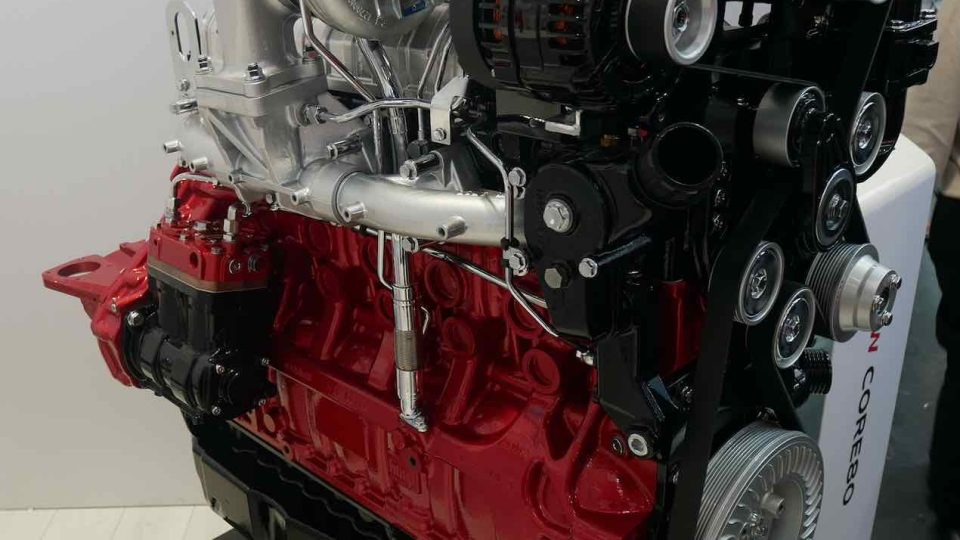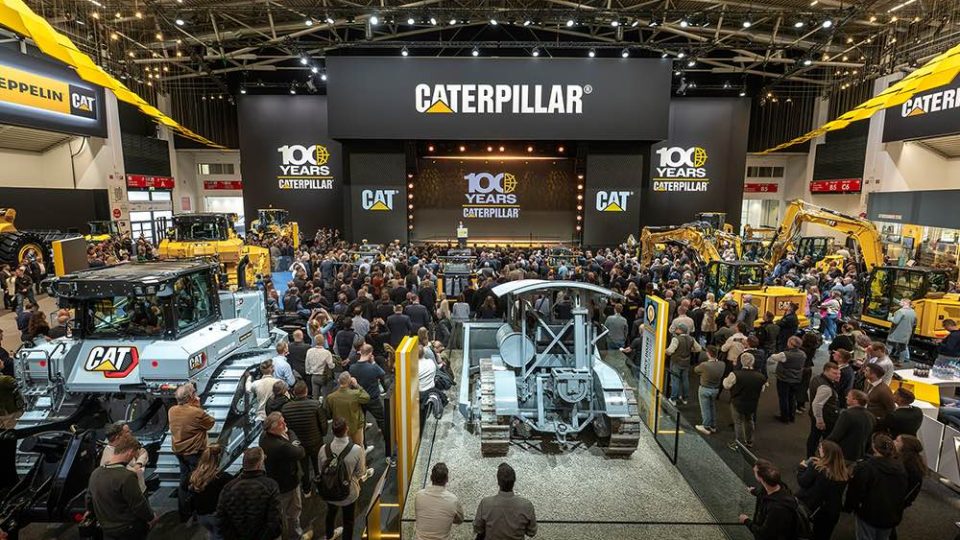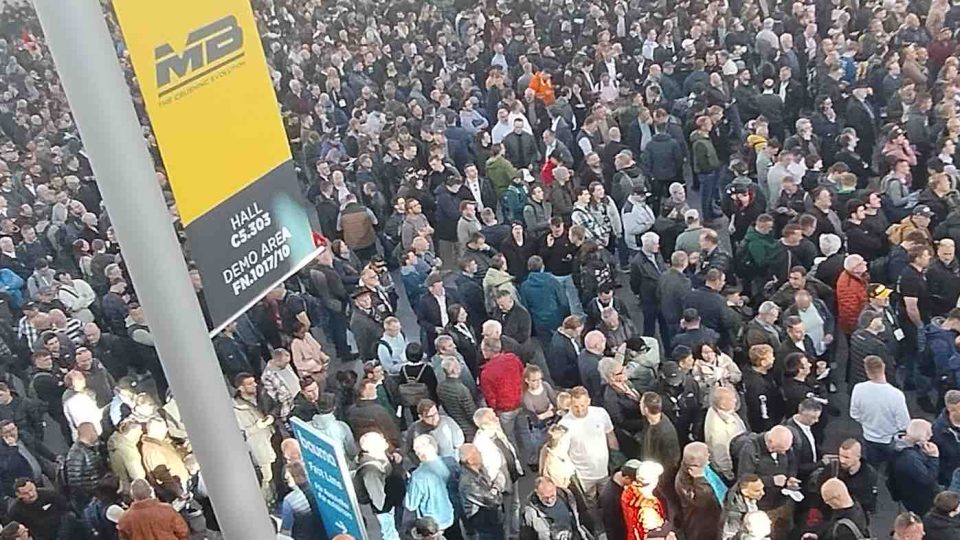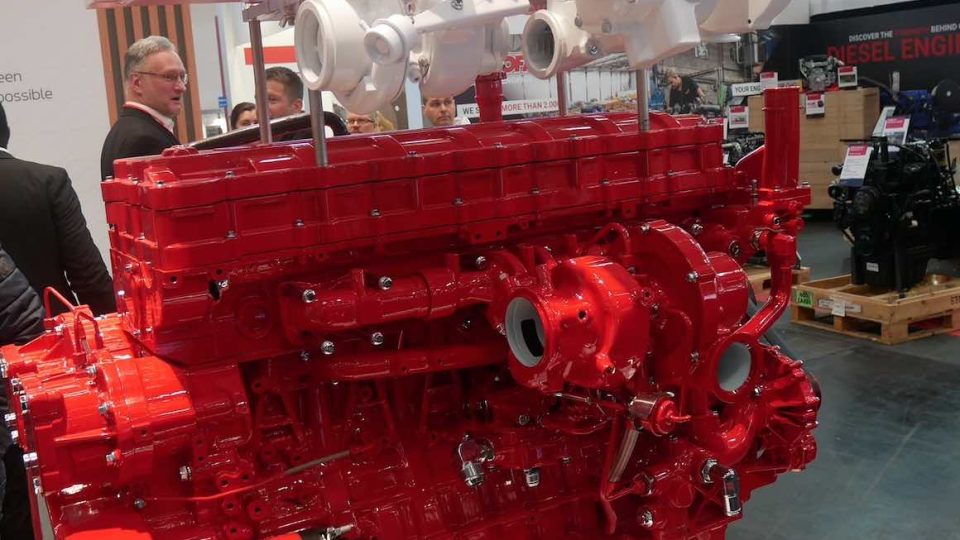Rolls-Royce presents new mtu propulsion concepts for military use
Rolls-Royce’s Power Systems division is expanding its mtu engine programme for military land vehicles to include a hybrid powerpack for special tactical requirements and a 10-cylinder, over 1100 kW power output, version of the mtu Series 199 which has been extremely successful with NATO forces.
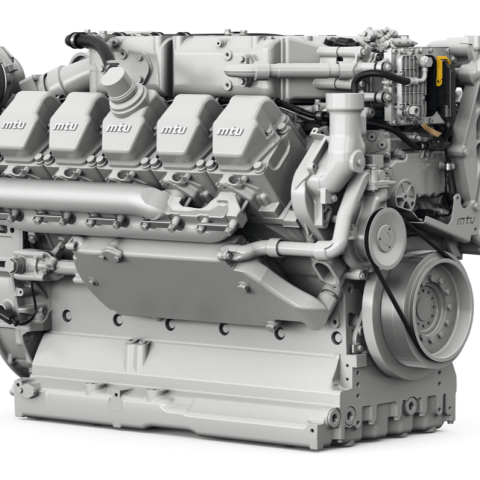
Rolls-Royce’s Power Systems division is expanding its mtu engine programme for military land vehicles to include a hybrid powerpack for special tactical requirements and a 10-cylinder, over 1100 kW power output, version of the mtu Series 199 which has been extremely successful with NATO forces. Both concepts will celebrate their premiere at the Eurosatory defence trade fair, which takes place in Paris from 17 to 21 June.
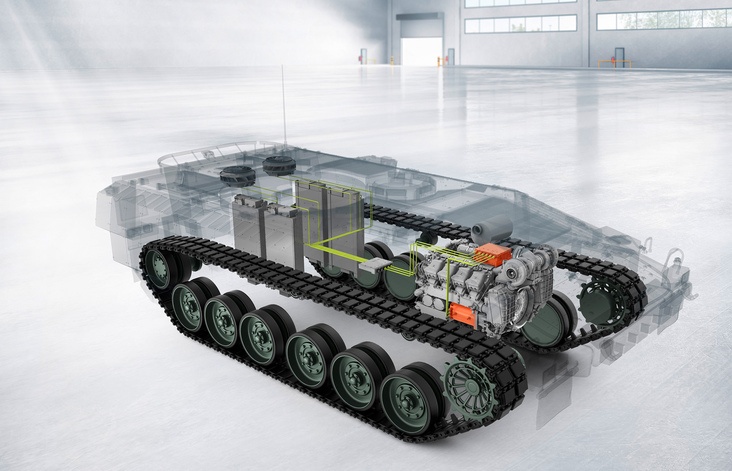
Jörg Stratmann, CEO of Rolls-Royce Power Systems, said: “This underlines the importance we attach to our partnership with NATO countries and their allies in safeguarding their security interests. Because cooperation with the security authorities is one of Rolls-Royce’s strategic initiatives, we will continue to be a reliable partner as a supplier of propulsion systems for military vehicles with our decades of technological expertise.” Last year, at its Capital Markets Day, Rolls-Royce highlighted the governmental business within Power Systems as an area of future near-term growth through investment and expanding the scope of its products, including providing more integrated solutions.
Read also: Rolls-Royce delivers first mtu Series 199 PowerPacks for M10 Booker combat vehicle
Hybrid concept offers new tactical options
Knut Müller, Senior Vice President Global Governmental Business at Rolls-Royce Power Systems, said: “Future armoured military land vehicles will require more power for propulsion and on-board power supply for the electronic systems. At the same time, they will be designed for a different tactical approach in the field. Our future mtu propulsion solutions for this application take both of these requirements into account.”
Electrification and hybridisation will give tactical vehicles new capabilities in the field. To this end, Rolls-Royce’s new mtu hybrid drive combines the advantages of a high-performance diesel engine with those of a battery-electric drive. The highly integrated propulsion system requires comparatively little installation space in the vehicle in order to maximise the volume available for equipment and crew. The core of the solution is a highly mobile and extremely compact drive solution, taking into account increasing cost pressure, tight budgets and the need for significantly larger vehicle fleets.
For quiet operation, for example in a concealed position, the high-performance batteries previously charged in diesel mode, supply the vehicle’s electrical and electronic systems. This is done without the noise and thermal footprint of the diesel engine – and over a longer period of time. This makes the vehicle more difficult to locate for enemy reconnaissance. The so-called “anti-idling” mode not only ensures better camouflage of the vehicle, but also significantly reduces fuel consumption when the vehicle is on standby. The range of the vehicles and the downstream logistics chain for refuelling the vehicles are optimised.




